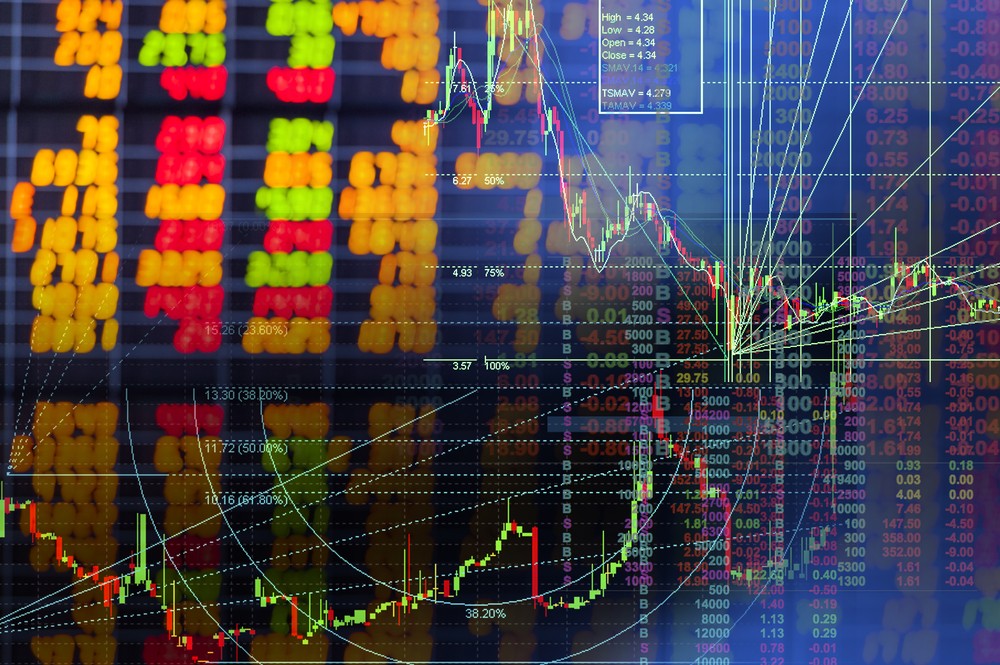The yuan eased against the dollar on Tuesday after the US scrapped its decision to name China a currency manipulator. This news came just a day before the signing of the phase one trade deal.
The Chinese currency retreated from its intraday gains to trade at 6.8859, having hit a five-month high of 6.8662 earlier.
The onshore yuan closed the session at 6.8854 per dollar, its most robust domestic performance since July 2019. However, it was lower than the six-month high of 6.8661 per dollar it reached earlier in the session.
The yuan has gained 1.1% so far in January. And it could be on for a further increase as favorable valuations for Chinese assets strengthened demand for the currency.
Yuan’s Continued Rally Uncertain, Phase One Deal Impact Already Took Place
The yuan was on a winning streak early in the day after the US Treasury reversed its manipulator label.
US Treasury Secretary Steven Mnuchin stated China had made enforceable commitments to refrain from competitive devaluation, promoting transparency and accountability.
In this context, the Treasury has determined that China should no longer be a currency manipulator at this time.
China’s Foreign Ministry later stated that the country would keep its currency stable.
The US officially branded China a currency manipulator in August when the conflict was severe between the two countries.
China, at that time, held the fx market responsible for its currency’s slump. It suggested traders were worried about the heated trade war.
Citibank said while the labeling led to an escalation of US-China tensions, they believed the de-labeling had sweetened the phase one accord, ensuring its eventual signing.
Citi’s analysts also expect the Chinese currency to climb further on US President Donald Trump’s comments about starting phase two.
They see that promise as a catalyst to attract more bond and equity inflows.
Other fx market participants, however, were uncertain as to whether the yuan’s rally can go any further.
Support from phase one trade deal has already materialized. Hence there is some profit-taking going on this afternoon, according to a senior trader at a foreign bank in Shanghai.
Chief China economist Wang Tao sees economic headwinds and external uncertainties like the US presidential election to keep the currency within the range of 6.8 to 7.1 per dollar this year.
When the economy slows down further after a brief debt-driven improvement in the first quarter, USD/CNY will regain the upside traction, a Dutch financial services firm said.









COMMENTS